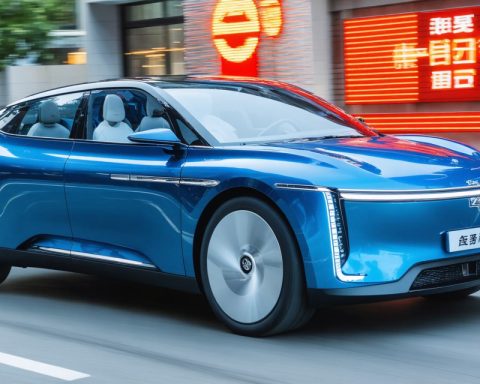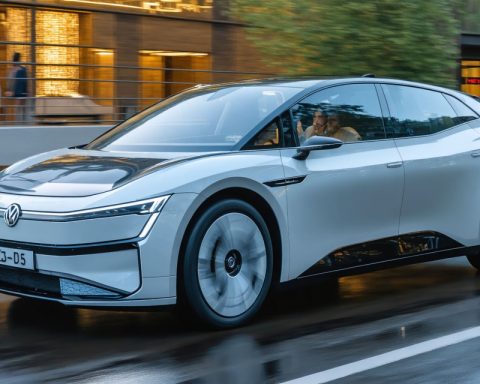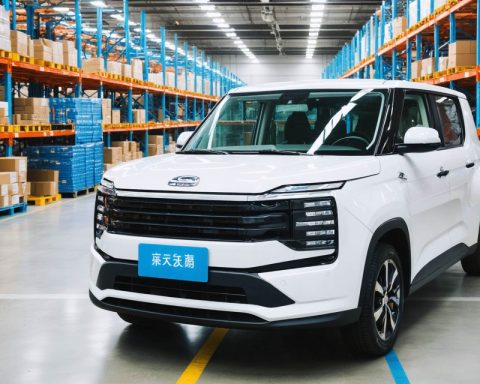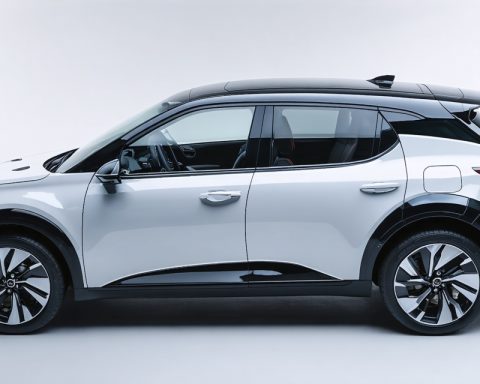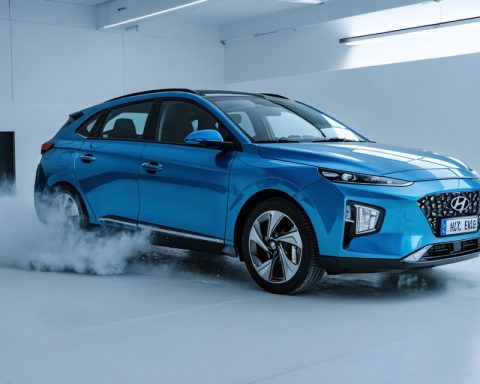- Electric vehicles (EVs) are revolutionizing transportation with their silent operation, reducing noise pollution in urban areas.
- EVs contribute to environmental sustainability by lowering carbon emissions, crucial in combating climate change.
- Advancements in battery technology have alleviated “range anxiety,” with many EVs now exceeding 300 miles per charge.
- Expanding charging networks make EV usage more convenient, supported by companies and government initiatives.
- Economically, EV ownership is cost-effective due to reduced maintenance needs and available tax incentives.
- The rise of EVs is creating new job opportunities in battery production, engineering, and software development.
- Consumers benefit from a range of EV models, offering versatile and environmentally conscious transportation choices.
- The transition to EVs represents a shift towards a sustainable future and a healthier planet.
A whisper in the wind, a hum across asphalt — these are no ordinary sounds. They signal a revolution powered by electricity. As more sleek, silent electric vehicles (EVs) grace our streets, the world marvels at their potential to repaint the transportation landscape. But what makes this shift truly pivotal?
Let’s start with silence. As a buzzword, EVs evoke images of futuristic charisma: cars gliding noiselessly, reducing noise pollution in bustling cities like New York and Tokyo. Streets that once vibrated with the roar of engines now resonate with tranquility. For the first time, urbanites can hear the rustling leaves as they walk down the city block.
Yet, the appeal of electric vehicles extends beyond audiophile delight. Their very existence is a testament to human ingenuity against the backdrop of climate change. Traditional vehicles belch carbon emissions, but EVs offer a cleaner path forward, reducing our carbon footprint without sacrificing convenience or style. For every mile traveled, these vehicles carve out a clearer sky, a step closer to mitigating environmental damage.
Technological advancements play a starring role here, making electric vehicles not just a choice but a viable solution. Improvements in battery technology have shattered the myth of “range anxiety,” with many modern electric cars boasting ranges that exceed 300 miles on a single charge. Charging networks are now sprawling across continents, thanks to efforts by companies and governments alike, ensuring that a quick charge is never far away.
Driving an EV isn’t just an environmentally conscious decision; it’s an economical one too. Owners enjoy lower maintenance costs since electric vehicles require fewer moving parts and less upkeep than their gasoline counterparts. Tax incentives and rebates sweeten the deal, making the transition to electric not only enticing but smart in the long run.
The rise of EVs also signals a change in the job market. Skilled laborers are now crafting batteries with precision, engineers are innovating for efficiency, and software developers are programming the smart interfaces and autopilot systems that make these vehicles not just tools of transport, but companions in our daily lives.
But what does this mean for the everyday commuter? It means a world enriched with choices that align values with actions. Whether it’s a cross-country road trip in a Tesla, or a quiet ride to work in a Nissan Leaf, electrification offers diverse options tailored to varied needs and budgets.
As the world accelerates towards this electric future, the message is clear: each journey is a step towards a sustainable tomorrow. The electric vehicle revolution isn’t just about cars; it’s about changing lanes toward a healthier planet. So, the next time you see an EV glide by, remember — you’re witnessing history in motion.
This seismic shift embodies not only progress in technology but evolution in our relationship with the world around us. Electric vehicles are here, and they aren’t just transforming the way we move — they’re driving us towards a brighter, greener horizon.
Silent Revolution: How Electric Vehicles are Reshaping the World
The transportation landscape is undergoing a significant transformation with the rise of electric vehicles (EVs). While the source article captures the essence of this shift, there are several additional facets to consider when discussing the ongoing electric vehicle revolution.
Beyond Silence: The Broader Impact of EV Adoption
Environmental Benefits
Electric vehicles are not only reducing noise pollution but also helping combat air pollution and climate change. By eliminating tailpipe emissions, EVs contribute significantly to reducing local air pollutants such as nitrogen oxides and particulate matter. This impact is especially profound in cities dealing with smog and poor air quality. Additionally, the shift to renewable energy sources for charging EVs further enhances their potential to cut carbon emissions.
Technological Advancements
Battery technology remains a critical area of innovation. The development of solid-state batteries, which promise higher energy densities and faster charging times, could revolutionize energy storage not only for vehicles but across industries. Companies like QuantumScape are at the forefront of this technological frontier, promising significant advancements in the near future.
Market Growth and Forecast
The global electric vehicle market has been growing at an exponential rate. According to a report by the International Energy Agency, the number of electric cars on the road is projected to reach nearly 145 million by 2030. The growth is driven by policy support, technological advancements, and increasing consumer awareness. Key markets like China, Europe, and the United States are expected to lead this expansion.
Economic Shifts and Job Creation
The rise of electric vehicles is reshaping job markets. While some traditional automotive jobs may decline, new opportunities are emerging in battery manufacturing, charging infrastructure, and EV maintenance. The evolution is comparable to the transition from steam to internal combustion engines, presenting both challenges and opportunities for the workforce.
Pressing Questions and Answers
What are the limitations of electric vehicles?
While EVs offer numerous benefits, they also face challenges such as limited charging infrastructure in some regions, longer charging times compared to refueling with gasoline, and higher upfront costs. However, these hurdles are gradually being addressed through technological advancements and strategic government initiatives.
How sustainable is the production of electric vehicles?
The sustainability of EVs depends on the entire lifecycle, including battery manufacturing, mining of raw materials, and recycling. Companies are investing in sustainable mining practices and battery recycling technologies to minimize the environmental impact. Lifecycle analyses indicate that EVs still provide net environmental benefits compared to traditional vehicles.
Actionable Recommendations
1. Explore Incentives: Many governments offer tax breaks, rebates, and incentives for purchasing electric vehicles. Research local benefits to make the transition more affordable.
2. Consider Home Charging: Installing a home charging station can increase convenience and reduce reliance on public chargers, making daily commuting seamless.
3. Keep Up with Technology: Stay informed about technological advancements in battery technology and other EV components to make well-timed investment or upgrade decisions.
4. Evaluate Total Cost of Ownership: While upfront costs can be higher, consider maintenance savings and fuel costs over time to assess EV affordability.
Quick Tips
– Take advantage of EV-specific benefits like access to carpool lanes or reduced tolls in certain areas.
– Plan your routes and identify charging stations using apps and online maps to ensure efficient travel.
Electric vehicles represent more than just a shift in the automotive industry; they herald a new era in sustainable transport and energy use. As the world continues to embrace this shift, understanding these dynamics can empower consumers to make informed, environmentally responsible choices. Drive towards a cleaner future and be part of the sustainable revolution.
For more insights on electric vehicles and sustainability advancements, visit Tesla and CleanTechnica.

